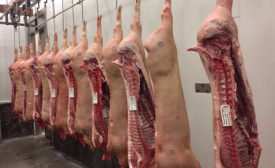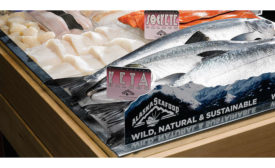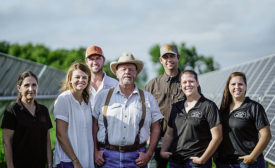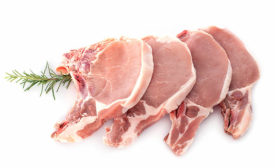Meat and Poultry Processing
Higher Education | Carcass Hanging Time
Microbials and the effect of extended hanging time on pork carcasses and blade steaks
Read MoreSpecial Report | State of the Industry 2020
The state of sustainability in 2020: eco-friendly becomes a force
Read MoreSpecial Report | State of the Industry 2020
The state of the workforce 2020: covid-19 catalyzes a reckoning
Read MoreSpecial Report | State of the Industry 2020
The state of the seafood industry 2020: balancing act
Read MoreSpecial Report | State of the Industry 2020
The state of the lamb industry 2020: pivoting to educate consumers
Read MoreCover Story | Independent Processor
White Oak Pastures has become a leading advocate for regenerative animal agriculture
Read MoreTech | Supplier's Perspective
Is cleaning, sanitizing enough to establish 'sanitary' conditions?
Read MoreSpecial Report | State of the Industry 2020
The state of the pork industry 2020: Turning pandemic behavior to habitual buying
Read MoreStay ahead of the curve. Unlock a dose of cutting-edge insights.
Receive our premium content directly to your inbox.
SIGN-UP TODAYCopyright ©2024. All Rights Reserved BNP Media.
Design, CMS, Hosting & Web Development :: ePublishing












